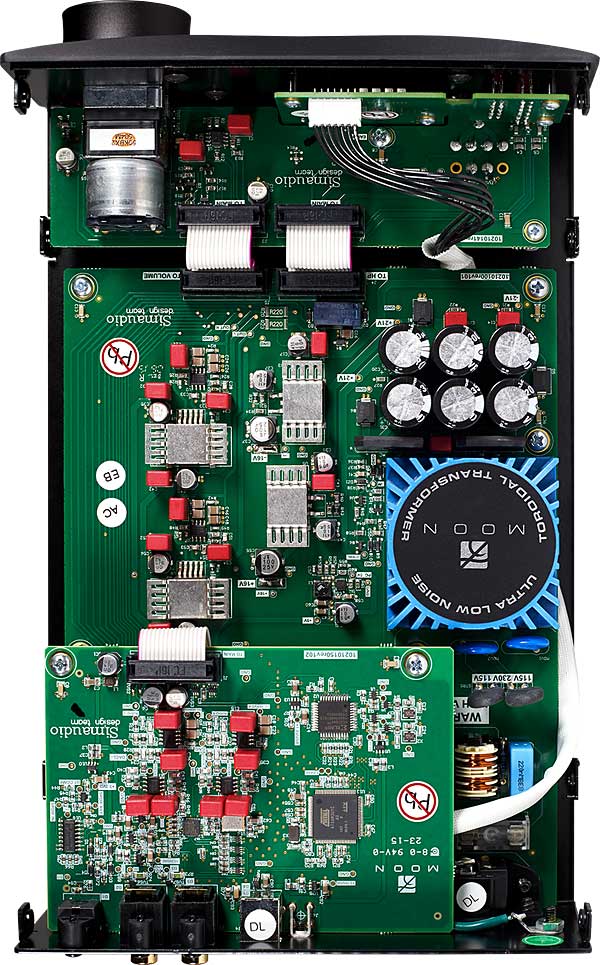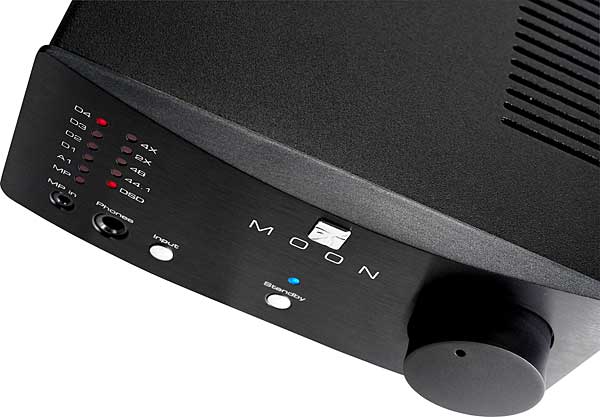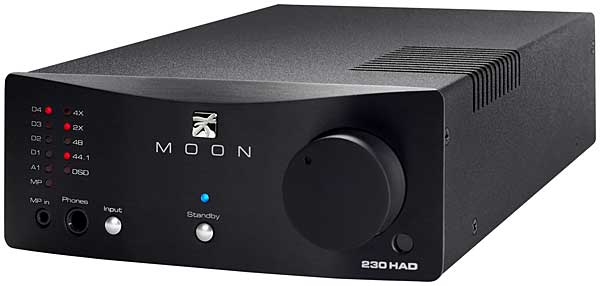| Columns Retired Columns & Blogs |
It's what differentiates SF; writers like Herb, the much-missed SM, and the too-early-to-say-but-showing-distinct-promise Jana. Along with all the old (sorry guys) favourites
Keep them coming please John; earnest, humourless,colourless reviewers abound elsewhere; don't let them through the door here.










































